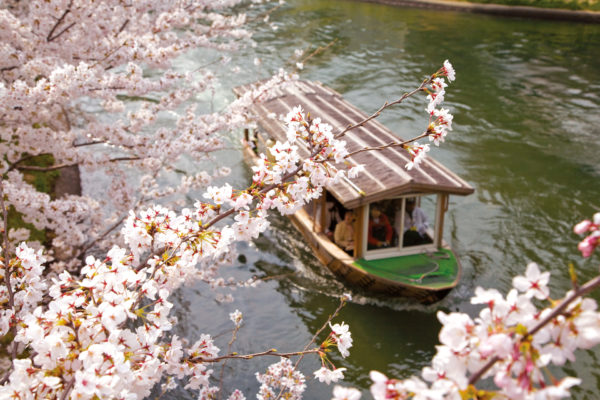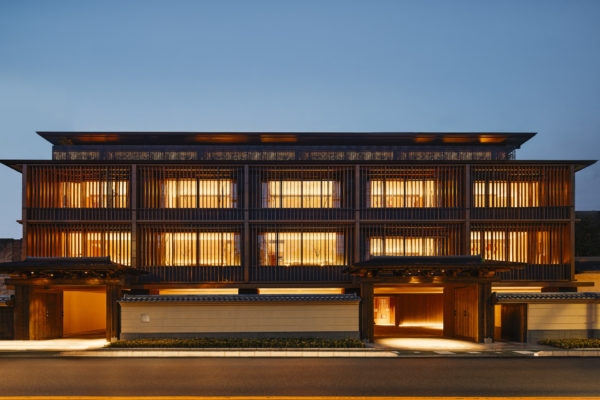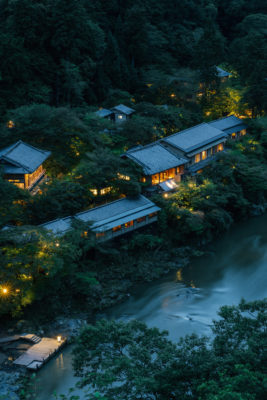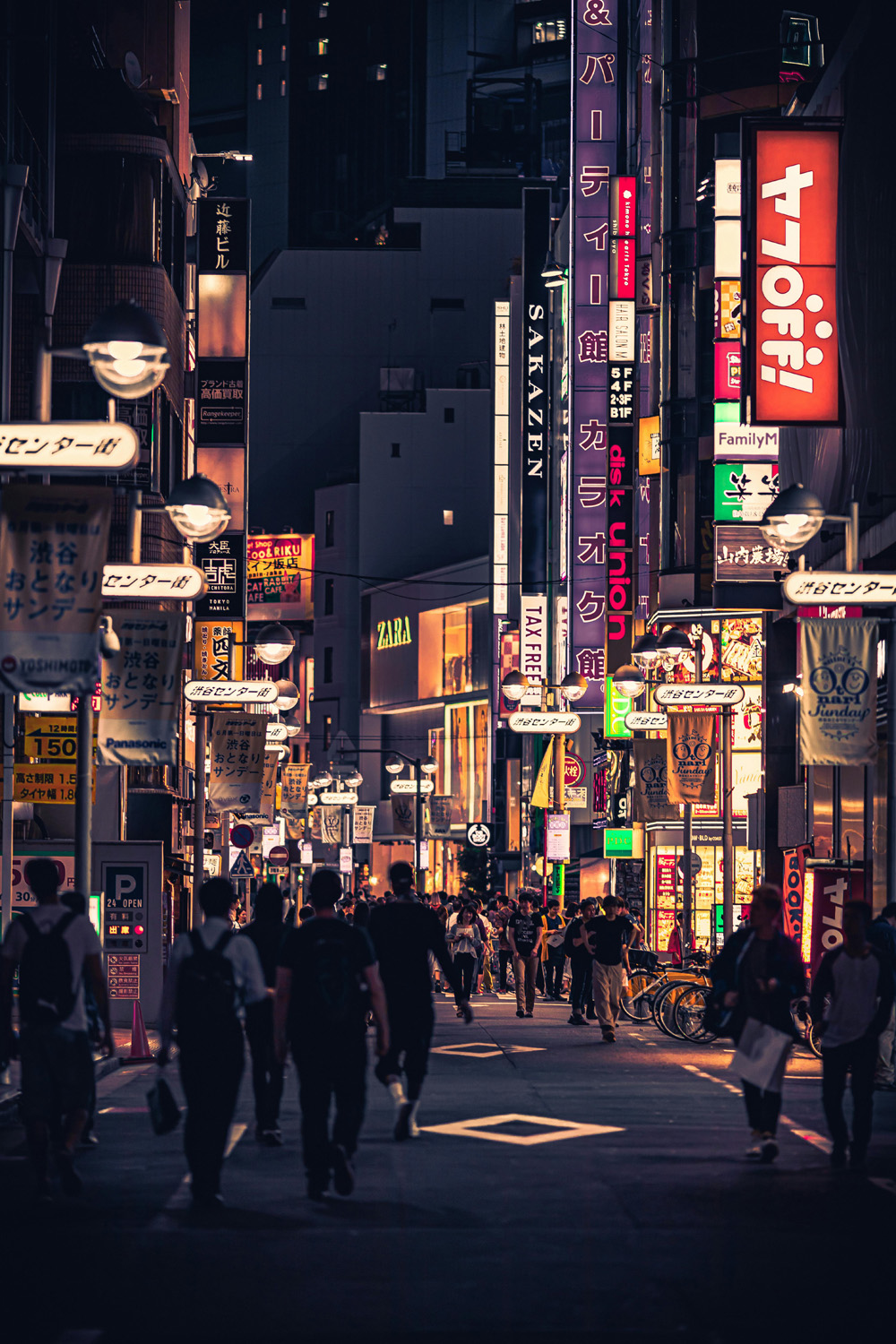
Planning A Trip To Japan? Here’s How To Do It
By
8 months ago
Here’s how to navigate the nation – and its world-famous trains
Japan – a land of geishas and bullet trains, neon-lit cities and yesteryear politeness – is a place I have always found fascinating. And so, as the yen fell and the country became increasingly affordable, despite not speaking Japanese, my husband and I decided to plan a trip to Japan for the first time, travelling independently by train. Here are my tips on how to do it.
C&TH Guide to Responsible Tourism
How To Plan A Trip Around Japan
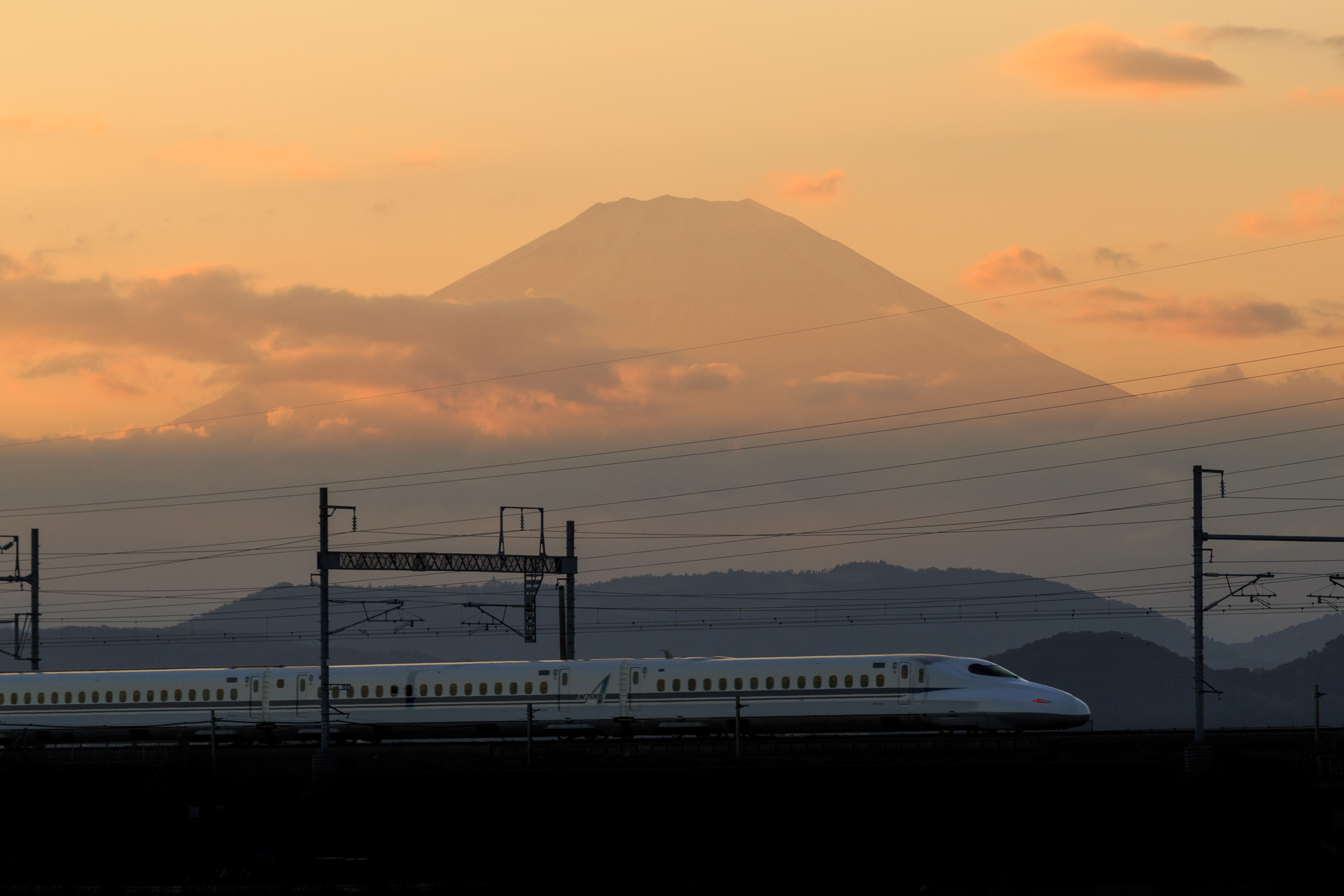
A Shinkansen (bullet) train. (© Getty)
How To Book Train Tickets
Japan’s rail system is run by different companies without a central booking system. Despite having some of the speediest trains in the world, the country also does not, as yet, issue mobile tickets. Reserving tickets from Japanese websites and collecting them is, therefore, quite complicated.
Travel agent Japan Experience is – besides arranging tours – also an official vendor of train tickets. Although we could reserve our Shinkansen tickets well in advance, the QR codes to collect them are only released a month beforehand at the earliest. Instead, shortly before we embarked on our trip to Japan, Japan Experience booked and reserved seats for us on the fastest Shinkansen (bullet) train (note: there are different types of Shinkansen with differing journey times). The company then emailed us QR codes which we took to the train station ticket-vending machines (which can be used in English) and printed out the paper tickets.
Japan Experience also sent us helpful videos on how to locate the right vending machines (there are many!). One handy tip in Tokyo was to collect our tickets in a smaller station on the JR Yamanote Line, rather than brave the capital’s busy station where the queues can be daunting.
As an alternative, tourists can also purchase the Japan Rail Pass, which provides access to almost all modes of transport for a limited period. For us, however, this would have worked out a lot more expensive – so make sure you do the maths.
Planning Your Route
Our trip to Japan included Tokyo, Kyoto, Hiroshima and Hakone/Mount Fuji. Japan Experience helped us to reserve the three-day Hakone Free Pass (which can also be booked online) to use the cable car, ropewalk and boat in the Hakone park area near Mount Fuji, which we picked up from Odawara, the main station before the resort.
We reserved hotels using Booking.com, and planned our train journeys using Japan Transit Planner; available in English, it can be used to research train schedules and connections, much like Trainline or Citymapper (the latter of which can be used in Tokyo).
I also purchased a three month subscription (Y990/£5.00) to ensure I received extra information such as platform numbers and transfer times. This was invaluable when we took the Tokyo Shinkansen to busy Nagoya station, then changed to a smaller limited express train to Kiso Fukushima, where we were hiking. We only had 12 minutes to disembark and find the right platform for the next train. Fortunately, with the Japan Transit Planner, we already knew the platform number and the transfer time, so we would make our connection – just!
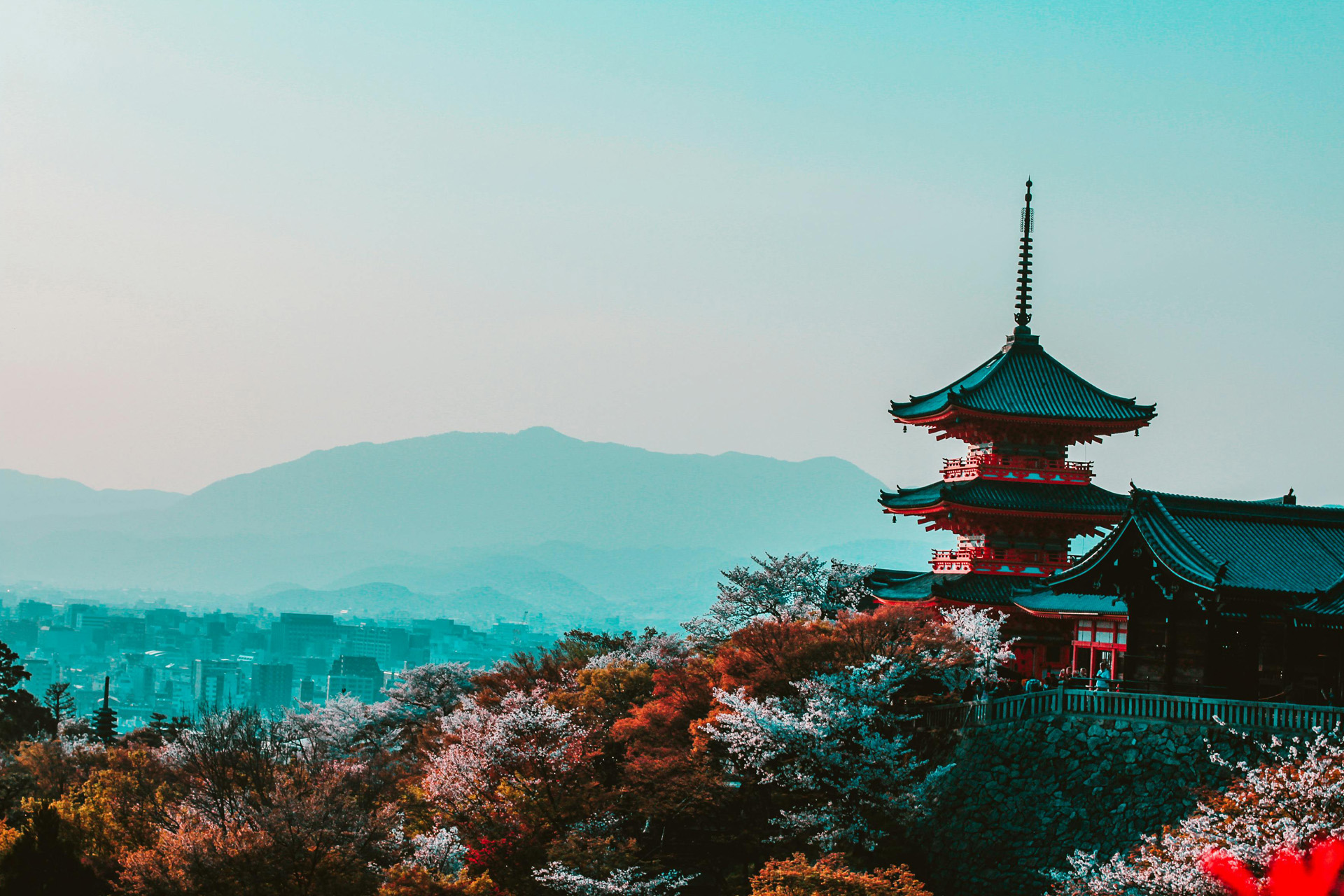
What To Book Ahead
Cultural trips like food tours, sumo wrestling, tea ceremonies and geisha dances (particularly Kyoto’s Kamogawa Odori dances) are in high-demand, so it’s important to reserve your spot ahead.
I booked a tea ceremony by email with the Women’s Association of Kyoto (WAK) and bagged one of the last slots on my free day. The ‘way of tea’ gave my husband and I a fascinating insight into this elegant and tradition-rich country. Based in an authentic Kyoto machiya (traditional wooden town house), WAK is run by women who are experts in their field and offers a variety of Japanese cultural experiences from cooking classes (also popular), calligraphy and even Kendo (Japanese fencing). It was also great getting slightly off the beaten track and meeting local people.
How To Get Internet Access & Mobile Data
One of the simplest and most cost-effective ways to get mobile data as a tourist in Japan is to use an eSim, which is a digital SIM that can be downloaded onto your mobile phone.
However, you should check and make sure your phone is equipped for this – ours, for example, were too old. An alternative, then, is purchasing a classic SIM upon arriving in the country. We didn’t want the inconvenience of changing SIM cards – namely the inconvenience of losing our British ones – so we hired a lightweight mobile Wi-Fi router from Ninjawifi which provided internet access for all our devices (two mobiles and two ipads). We collected and returned it at Haneda Airport and, reassuringly, when we were hiking in a remote part of the Kiso Valley, we could still get online.
It’s also worth taking a portable power bank to charge mobile phones as apps such as Google Maps and Translate really drain battery power.
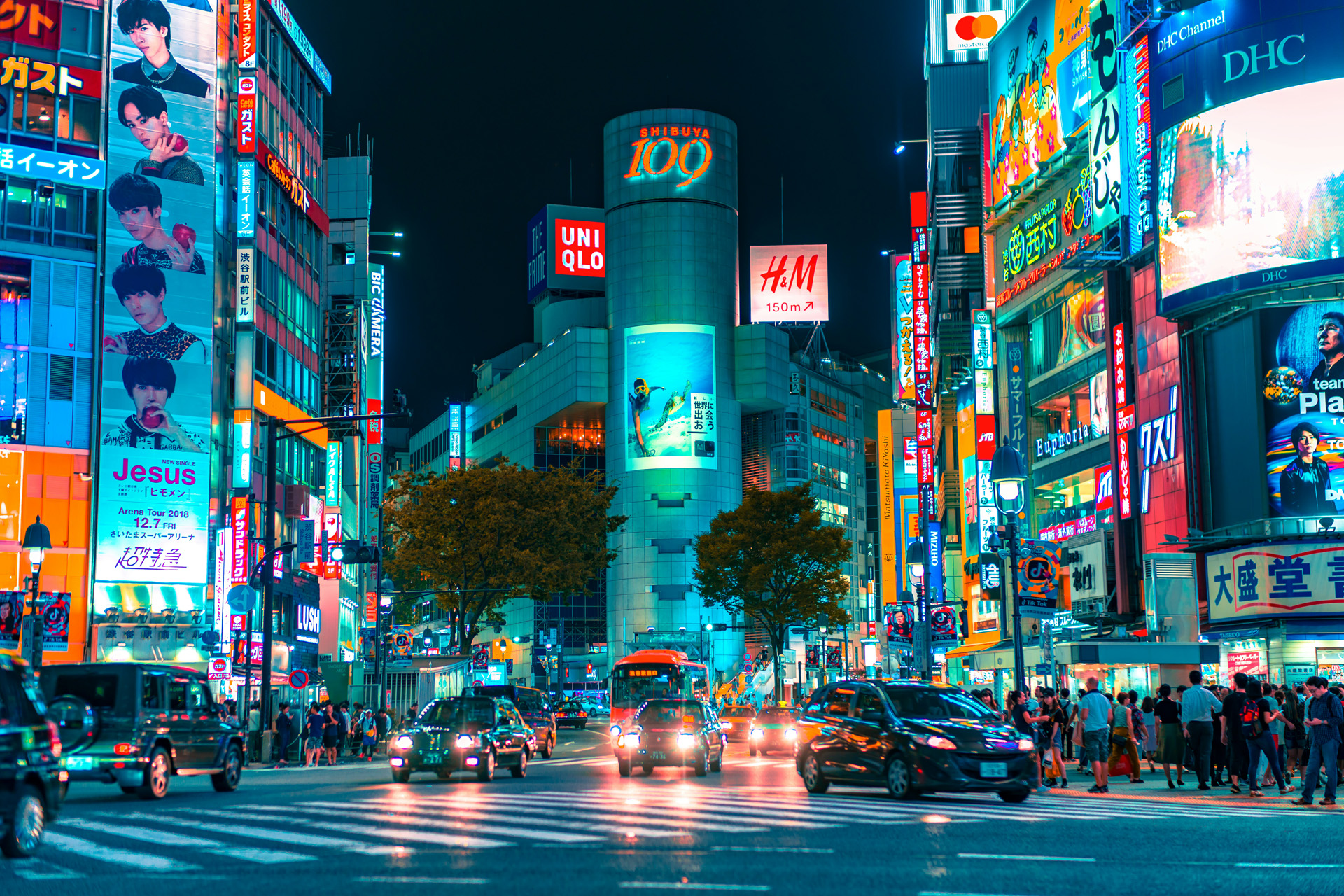
Is It Worth Getting A Travel/Shopping Card?
The prepaid transport card, Welcome Suica, was essential on our trip to Japan. Tourists can buy a physical card at Haneda airport or access it via your smartphone and, once in Japan, load it with Yen. We used it on almost all modes of city transport throughout Japan, as well as in convenience stores and at vending machines. However, you will still need cash for smaller outlets.
Luggage
We travelled light with small to medium size suitcases (essential for bullet trains) though, next time, I would travel even lighter, as we carried luggage up and down a lot of stairs and through many stations.
Many large and medium-sized train stations have both coin and travel card (Suica & Pasmo) operated lockers which we used in Hakone. We left our luggage in a large locker at Gora village station before catching the cable car and ropeway, and collected them at the end of the day when we could check in at our ryokan (Japanese inn).
We also used Japan’s popular luggage forwarding service – takuhaibin – and had our Tokyo hotel forward our cases to our Hiroshima hotel (which takes two days) while we hiked in the Kiso valley with just a toothbrush and clean undies. This made travelling even easier, and was the better solution to unwanted cases.
Guides, Guidebooks & Online Guides
Japan’s tourist office (JNTO) offers volunteer ‘goodwill’ guides in most of the country’s major cities. We booked guides in Tokyo, Kyoto and Nikko, and all turned out to be older women. They helpfully met us in our hotels or at train stations, and were all informative, helpful and a delight to get to know over a soba-noodle lunch.
Japan Guide, the Kyoto City tourism association, Lonely Planet’s guidebook to Japan and Time Out Tokyo were all also valuable research sources.
Japan House – a cultural centre in London (101-111 Kensington High St, London W8 5SA) – also has a travel information area run by JNTO, offering free consultations twice a day.
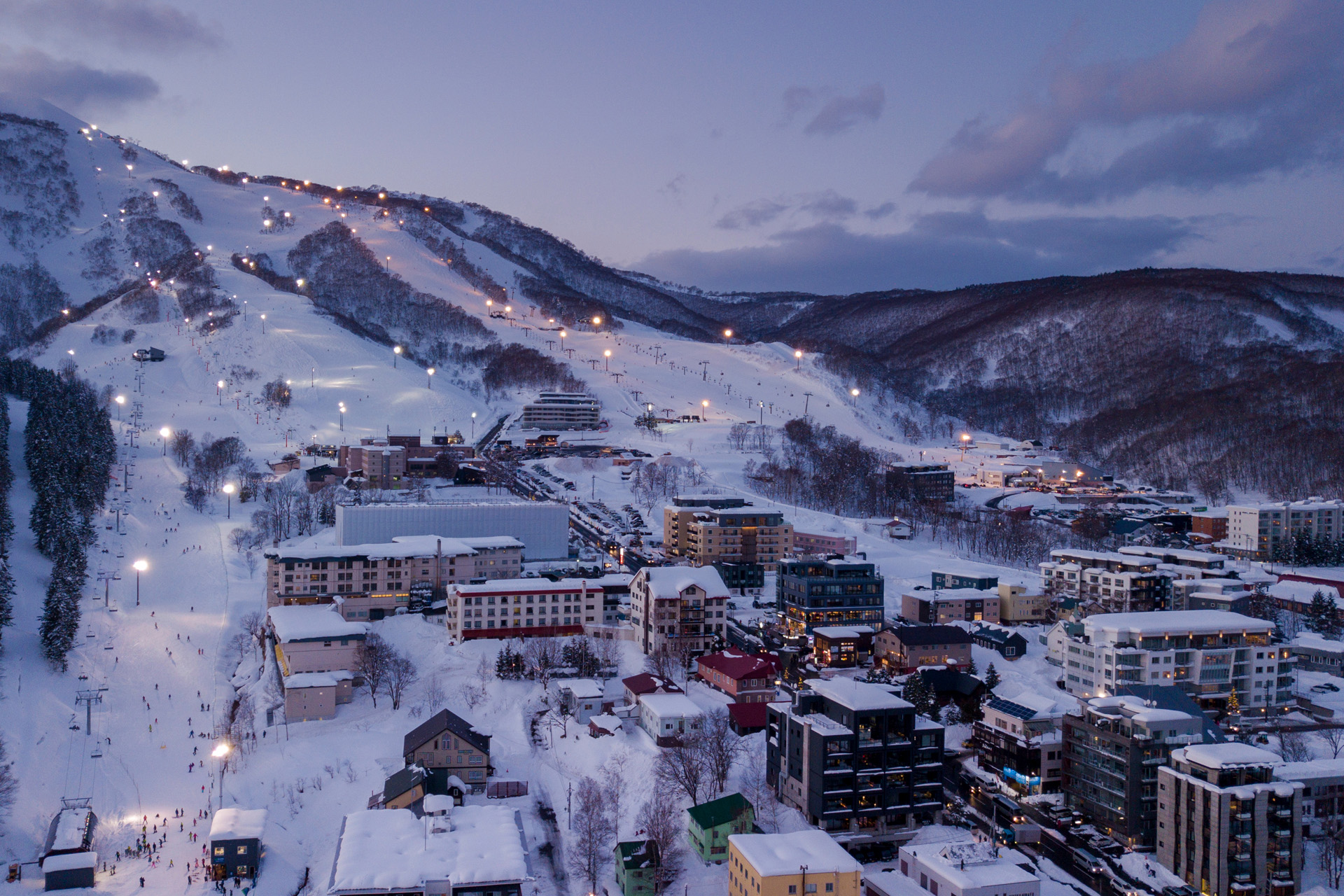
Arranged Itineraries
The best way to take the stress out of a trip to Japan is to book an arranged itinerary – and our sights are firmly set on a brand new journey from leading alpine travel gurus Leo Trippi and luxury adventure specialists Explorations Company. Drawing together the best of both worlds in Japan – culture and world class skiing – guests will experience a show-stopping luxurious itinerary including everything from skiing on an active volcano (Mount Yotei) to indulging in the culinary delights of Niseko to exploring Otaru’s rich cultural heritage. Plan your trip for late March to ensure you experience the best of sakura season and you have the ultimate transformational adventure.
Details: This trip is available to book for 2025, and is priced at £25,000pp all inclusive based on two sharing a room (not including flights). To book visit leotrippi.com
BOOK IT
Find out more about train tickets in Japan and book at japan-experience.com
Research tour guides and book yours at japan.travel





